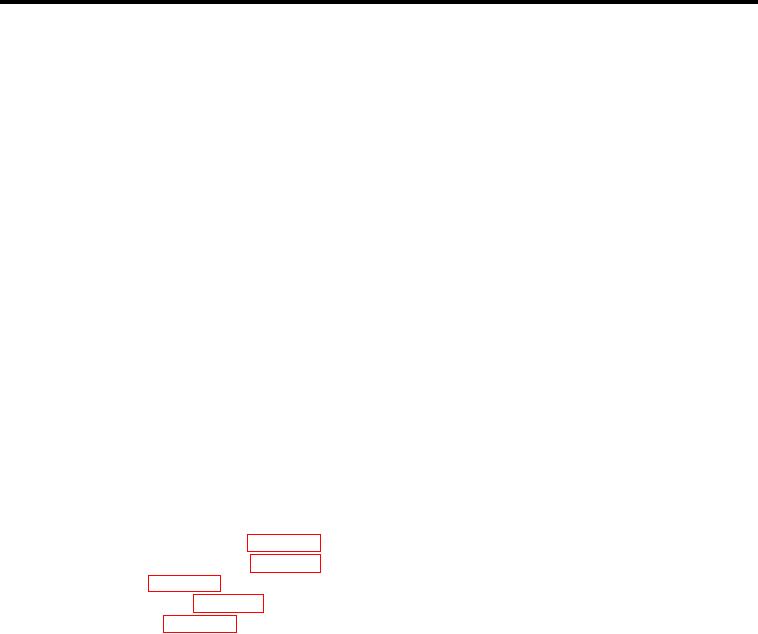
0080
TM 1-1740-221-13&P&P
HYDRAULIC MASTER CYLINDER (BRAKES) - (CONTINUED)
WARNING
The use of Personal Protective Equipment (PPE) is required when using or handling hazardous
materials associated with operating and maintaining equipment (jet fuel, hydraulic luid, brake
luid, ethylene glycol, cleaning solvents, compressed air, and engine/axle oil). Failure to use
PPE when handling these materials could result in injury or death.
1.
Install two ittings (Figure 1, Item 4) with over-rings to the brake master cylinder (Figure 1, Item 7).
NOTE
When inserting master cylinder in mounting hole, it is necessary to align plunger (Figure 1, Item
9) in rubber boot opening at the same time.
2.
Align master cylinder (Figure 1, Item 7) with mounting holes and install three bolts (two shown), lat washers,
and locknuts (Figure 1, Item 8).
3. Verify that return spring (Figure 1, Item 2) moves torque arm (Figure 1, Item 11) to start position.
4. With torque arm (Figure 1, Item 11) in start (brakes off) position, verify brake pedal (Figure 1, Item 12)
clearance is 7-1/2 in. from front cab wall. If necessary, adjust rod (Figure 1, Item 1) to obtain clearance.
Verify proper thread insertion of rod ends.
5. Loosen jam nut (Figure 1, Item 10) and threaded rod (Figure 1, Item 9) until it contacts the piston of master
cylinder (Figure 1, Item 7). Now back off plunger 1-1/2 turns, tighten jam nut (Figure 1, Item 10). Verify
proper thread insertion and brake pedal free play.
6. Remove protective caps. Connect two reservoir hoses (Figure 1, Item 3) and two brake valve tubes
(Figure 1, Item 5).
7. Bleed and service brake system (WP 0084).
8. Connect battery negative cables (WP 0111).
9. Install seat cover (WP 0028).
10. Install both front seats. (WP 0096).
11. Close engine cover (WP 0028).
END OF TASK
END OF WORK PACKAGE
00803/blank

